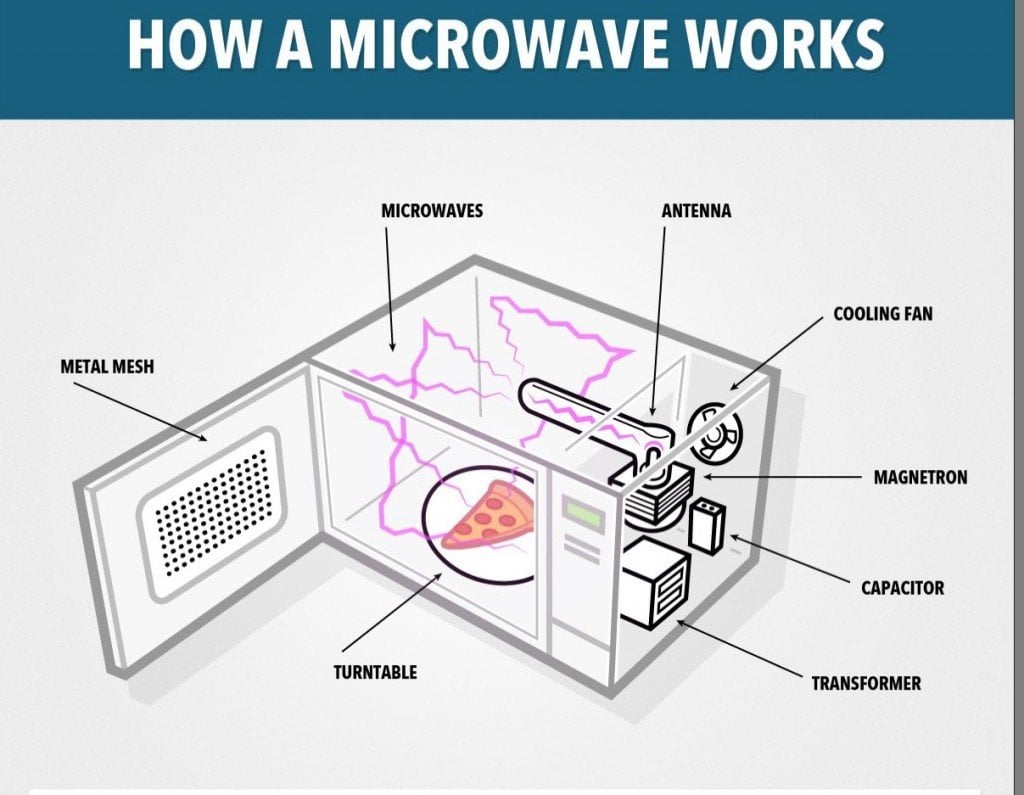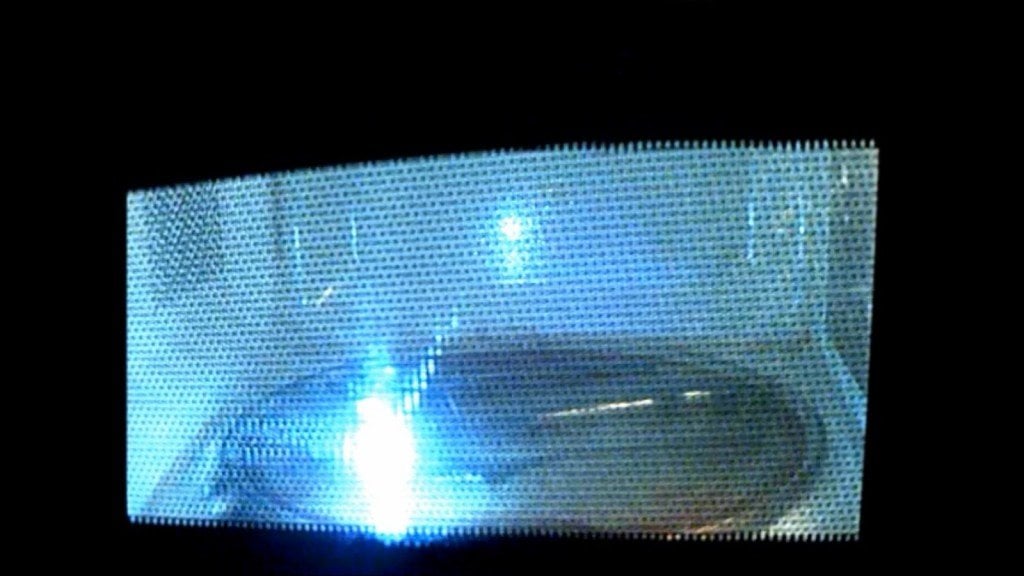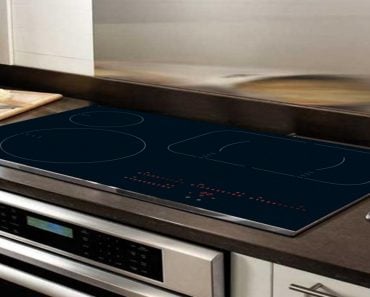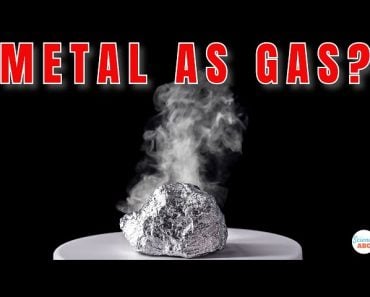If you put a metallic object in a microwave, the microwaves will bounce off the object and will not heat the food. This can cause sparks to come out of the object, which can damage the microwave.
You’ve been scolded by your mother more than once for heating up your leftover pasta in the metal container of the restaurant’s take-home box. And yes, she was right to do so. You can put a metallic vessel inside the oven or microwave, but it’s pointless… and potentially dangerous.
Now, thanks to your lovely mother, you’ve never made that mistake again, but do you know why it is potentially harmful to put a metallic object inside the oven?
Recommended Video for you:
First, Lets See How Microwaves Work In Terms Of Cooking Food.

Microwaves are a form of electromagnetic radiation, like radio waves. They are generated by a device called a magnetron, and they pulse rapidly back and forth inside an oven at a carefully calibrated frequency.
A Magnetron is connected to a high voltage source. This magnetron directs the microwaves into the metal box where our food is placed. These waves bounce off the oven’s interior metal walls and pass through paper, glass, and plastic, but they get absorbed by the food. More specifically, these waves are absorbed by the food’s water content. This absorption makes the molecules oscillate back and forth, creating heat and cooking the food from the inside out, the outside in, or uniformly, depending on where the water lies.
What Happens When We Put Metal Inside?
While microwaves are easily able to pass through ceramics, plastics, and paper, they show a much different behavior when it comes to metals. Metals are laden with a large number of free electrons and are therefore great conductors of electricity.
When you place a metal item inside the oven and the microwave starts doing its work, the free electrons start moving from one side to another very rapidly. This causes the microwaves to reflect, thus preventing them from entering the vessel to heat the food.

You may have noticed sparks coming out of any metallic objects that you place inside the oven for too long. This is because when microwaves hit the object, the object becomes charged, which causes an accumulation of electrons on its surface. The high surface charge density can increase the potential, which can cause a dielectric breakdown of air (reduction such that more current flows). This may lead to sparks appearing to fly from the object.
How Does It Affect The Oven?
If the sparking occurs too often, it may burn small holes in the metal wall, thus destroying the microwave. This may render the microwave oven dysfunctional and significantly reduces the “life expectancy” of this kitchen appliance.

Humans are always looking to overcome every weakness; it’s part of our nature. Manufacturers have therefore used the fact that metal sometimes gets very hot when placed inside the oven to their advantage. Some microwavable soups, pizzas and pies are packaged with a thin metallic layer under a non-metallic lid; essentially, the food trapped against the metal gets cooked nicely. However, if you leave those snacks in just a few minutes too long, they might incinerate.
That’s Not It! You May Not Always Notice Sparking

You can microwave metals of certain shapes. Usually, sharp edges are the most dangerous culprits. For instance, it is okay to microwave a spoon for some time, but a fork is definitely a bad idea, because a fork has sharp edges, which causes the electrons to accumulate at the edges, thus causing sparks almost instantly. On the other hand, a spoon has a curved surface, which leads to the electrons being distributed uniformly over it. Thus, sparking is not very prominent with that particular utensil.
Therefore, metal itself is not the reason that sparking occurs; instead, it’s the shape of the object that is actually to blame. Objects with sharper edges cause sparks, while those with round edges are safer.
However, using any types metals to heat up food is not a very good idea, unless you want to end up with red-hot burned hands.












